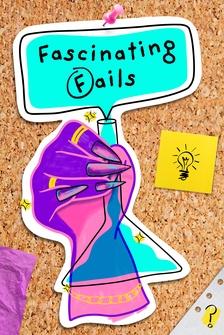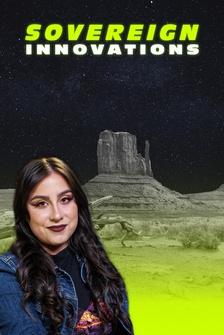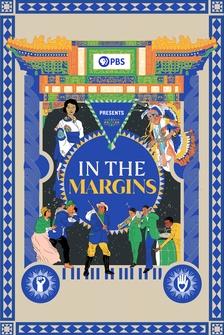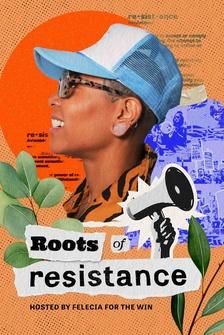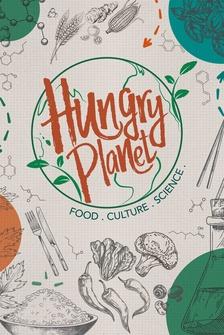Think about the place you grew up as a kid.
You probably knew the best shortcut to your friend's house, which tree limbs you could shake to free the juiciest fruit, or how the sky looked just before the streetlights would beckon you home.
Your neighborhood was your kingdom -- and you knew how to navigate it to get the best out of it.
Now imagine a different way of knowing your neighborhood, one that draws not just on years in a single place, but on generations of knowledge over thousands of years.
One where your neighborhood isn't a thing to be conquered, but a relationship to be nurtured.
That's the kind of knowledge that exists in indigenous communities, and their way of knowing might help us all adapt to climate change.
[intro] Before we get too far, let's get on the same page.
First, there's no official definition of "indigenous."
But we are using the term to describe communities that self-identify as indigenous, including those who follow traditional customs and practices that trace back to pre-colonized societies.
They often have a relationship with their environment that transcends what they see or feel, and is governed by a system of beliefs, values and principles that set out how they will interact with the world around them.
One indigenous community, the Inuit of Western Canada, use knowledge passed down through generations to observe the stars, the shapes of clouds, and the behavior of animals, to forecast the weather.
But today, they can't rely on those forecasts, because the weather varies more than ever before.
Signs that used to foretell a storm was coming tomorrow, could now mean there's a storm coming in the next hour.
Indigenous communities have witnessed environmental changes like these for a long time, but their observations have often been dismissed or ignored by Western science.
These days some scientists are recognizing that the knowledge held by indigenous communities can show us things about our changing world and climate that the scientists can't always detect.
When scientist Shari Gearheard traveled across sea ice on Greenland's northwestern shore, she was shocked when her sled dogs' legs punched through the ice, which was unseasonably thin.
Knowing that sea ice is two inches thick feels more real when it's beneath your feet.
But to Inuit travelers on the team, this was the new normal for traveling in the Arctic.
Indigenous communities are on the front lines of climate change and its impacts, due to their reliance on wild fish, game and crops, and their first-hand interaction with changes to sensitive environments, like declining sea ice.
In these communities, adapting to change could mean the difference between existing and not existing.
Fortunately, the local knowledge they've developed to navigate the world can also put them in a position to adapt quickly, because their knowledge -- like any form of science - - is dynamic.
Communities that have found their weather forecasting techniques more unreliable are adapting and tweaking their methods to better predict the changes as they experience them.
Their systems are evolving just as fast as the climate around them.
For years, though, the scientific world viewed its observations and way of solving problems as superior to those from indigenous communities.
For example, when Inuit hunters said they saw thunderstorms near Sachs Harbor, Canada, researchers dismissed them and told them it was too cold to see that kind of weather so far north.
But the hunters were right.
That type of scientific arrogance still exists, but it is starting to fade.
Today, indigenous observations are beginning to be incorporated in disciplines such as forestry, conservation, disaster preparedness and climate science.
Scientists are working alongside indigenous communities to develop research models, document observations, and, importantly, find answers to questions that are useful to both scientists and local communities.
Through these partnerships, scientists are learning that daily temperatures in the Arctic fluctuate much more than scientific models indicated.
And subsistence hunters are helping collect samples from musk oxen they rely on, which have shown that warmer winters are hurting the health of the herds.
Scientists also recognize that the very words within indigenous languages can contain observations about their environment, like how an area called "where the caribou mate" shows that at one point, a bunch of caribou used to live there, even if it's no longer true.
All this is a start, but it's not enough.
Even as some scientists and indigenous communities are working together more closely, many countries still deny indigenous people a meaningful voice on issues that impact them.
Indigenous communities are fighting to be recognized as unique groups with particular ways of existing -- even if they shouldn't have to prove that to the people who drew borders around them.
But, the thing is, no one has all the answers, and we will need many kinds of knowledge to tackle the challenges of climate change.
Sometimes that knowledge comes from people who have been here all along, and from whom we could learn a lot, if we are willing to listen.
Indigenous communities have survived for thousands of years by using their ways of knowing, and adapting.
Maybe -- just maybe -- they're onto something.




